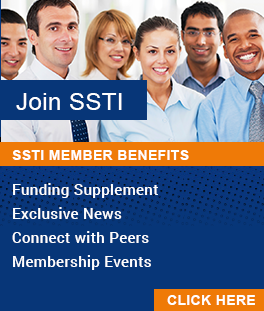Most Popular
Staff Picks
- New SBIR website | America’s Seed Fund
- Stable but Slowing: State Revenues Start to Squeeze Policy Ambitions
- Zoning reform made way for an explosion of smaller homes in California. Will it work elsewhere? - Route Fifty
- How ‘Alternative Investments’ Are Dragging Down Pension Performance | Governing
- Real-Estate Meltdown Strains Even the Safest Office Bonds | WSJ
- How Americans View Energy Policies and Personal Choices | Pew Research Center
- NSF approach on EPSCoR stirs controversy | Science
- States' K-12 Spending Will Slow For First Time in Years, Report Says
- A Techno-Economic Agenda for the Next Administration | ITIF
- Young Workers Fuel Recovery in Jobs Requiring a High School Diploma or Less | Federal Reserve Bank of Kansas City




